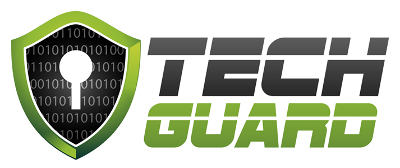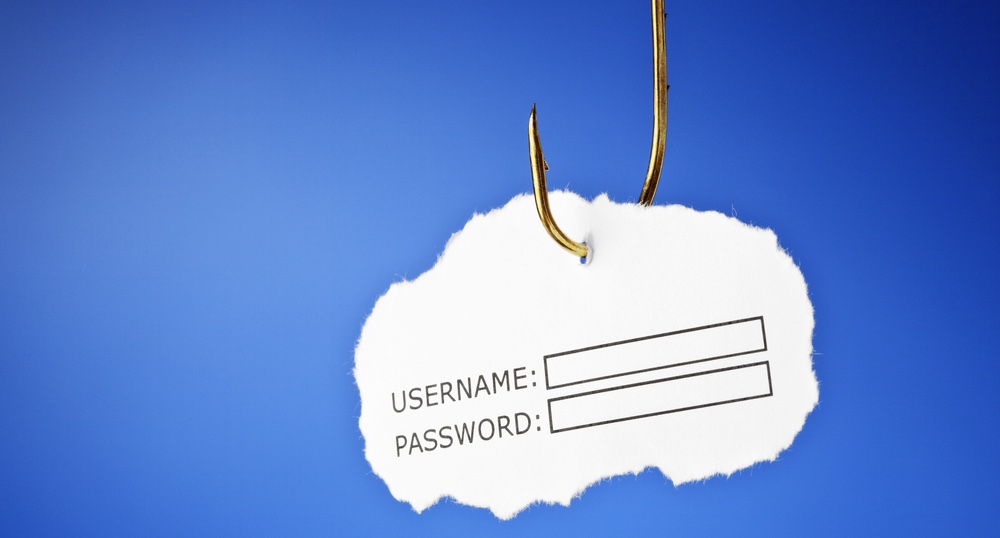Every year, the number of phishing scams seems to be increasing, with the malware-ridden emails getting continually more sophisticated and convincing. The latest global phishing campaign purporting to be from international courier giants DHL has been tricking users into opening a fake PDF attachment – and subsequently unleashed a previously unseen piece of malware to wreak havoc on their PCs.





